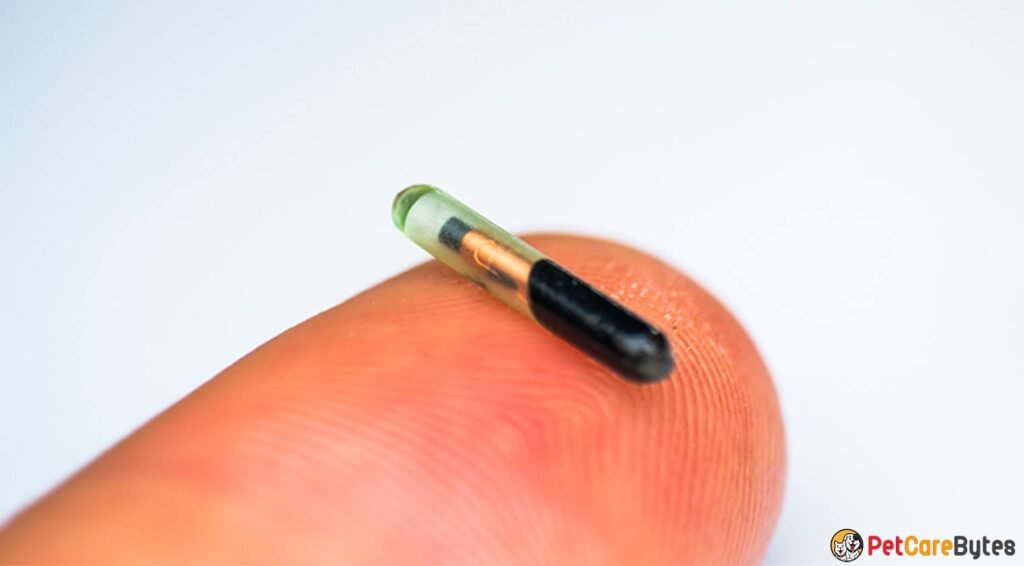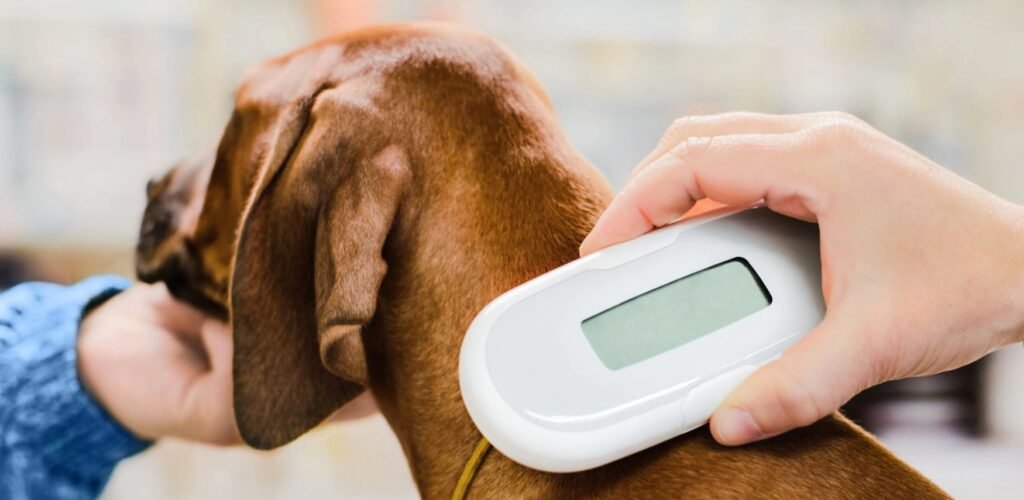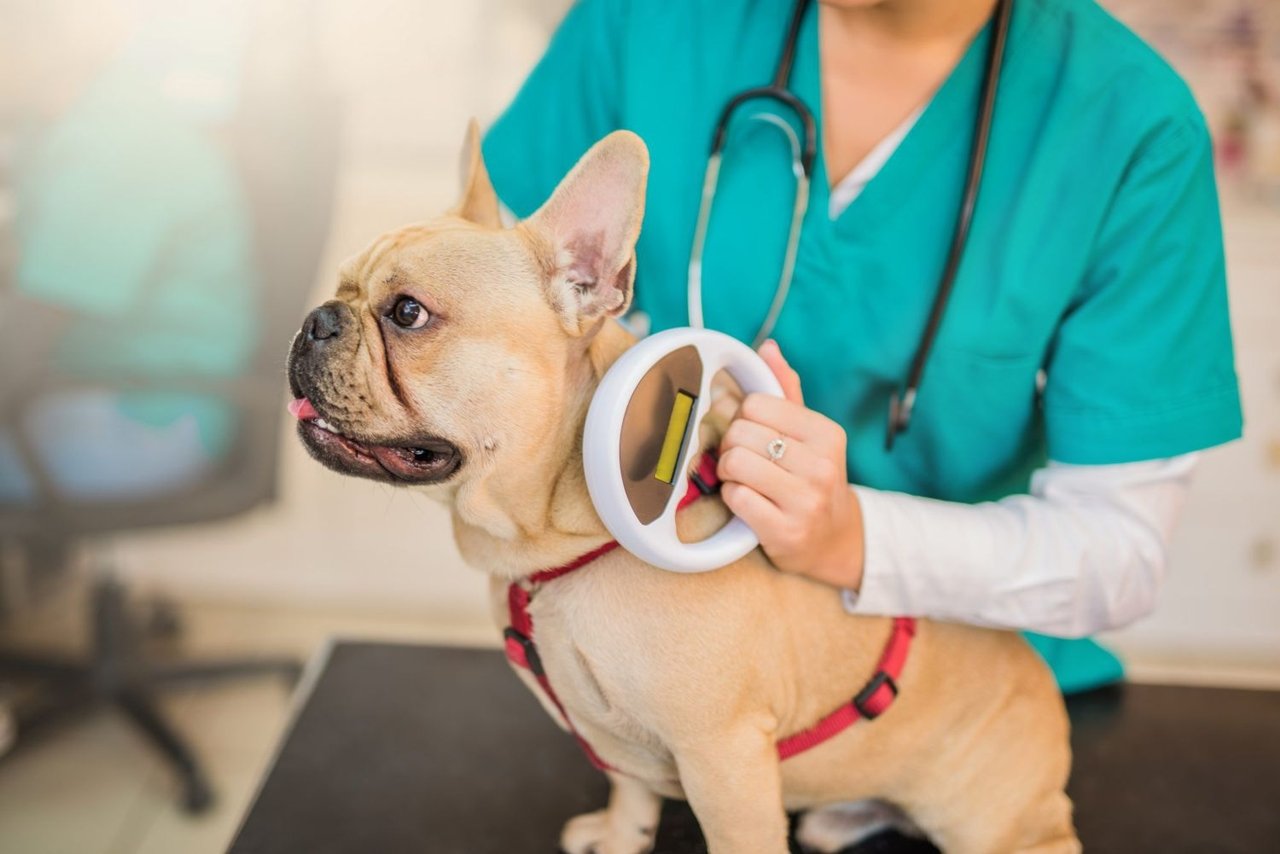Our beloved pets are cherished members of our families, offering companionship, joy, and unconditional love. As responsible pet owners, ensuring the safety and well-being of our furry friends is a top priority. One effective way to enhance pet security is through the use of pet ID microchips. These small devices have revolutionized the process of identifying lost pets and reuniting them with their worried owners. In this article, we will explore the benefits and importance of microchipping dogs and cats, providing you with all the essential information to make an informed decision for your beloved companions.
Read More: Turn Lost Into Found with a Microchip Pet ID
Contents
- 1 The Importance of Pet Identification
- 2 The Process of Microchipping
- 3 Addressing Safety Concerns
- 4 Microchip Registration and Updating Information
- 5 The Role of Microchips in Pet Recovery
- 6 Pet ID Tags vs. Microchips: Which is Better?
- 7 Travelling with Microchipped Pets
- 8 Spreading Awareness: Microchipping Campaigns
- 9 The Future of Pet Identification
- 10 FAQs
- 11 Conclusion
The Importance of Pet Identification

Microchipping: A Lifesaver for Lost Pets
Losing a pet can be a heart-wrenching experience, and sadly, it happens more often than we’d like to admit. Pet ID microchips have emerged as a game-changer in the realm of pet identification and recovery. Unlike traditional pet tags that can become lost or illegible, microchips offer a permanent and reliable method of linking pets to their owners.
How Do Microchips Work?
A microchip is a tiny electronic device, about the size of a grain of rice, that is implanted under your pet’s skin, typically between the shoulder blades. Each microchip contains a unique identification number, which is linked to a database storing the owner’s contact information. When a lost pet is found, a quick scan of the microchip by a veterinarian or animal shelter staff reveals the contact details, facilitating a swift reunion with the family.
The Process of Microchipping
Finding a Reputable Veterinarian
The first step in microchipping your pet is to find a reputable and experienced veterinarian. Look for professionals who are well-versed in the procedure and prioritize your pet’s comfort and safety.
Administering the Microchip
Once you’ve chosen a veterinarian, the microchipping process can be carried out in a quick and relatively painless manner. The veterinarian will use a sterile needle to insert the microchip beneath your pet’s skin, and the whole procedure usually takes only a few minutes.
Post-Procedure Care for Your Pet
After microchipping, your pet may experience some mild discomfort or tenderness around the injection site. Providing them with extra love and attention during the recovery period will ensure a smooth healing process.
Addressing Safety Concerns
Are Microchips Safe for My Pet?
Pet ID microchips are considered safe and pose minimal risks to your furry companions. The devices are made of biocompatible materials that are well-tolerated by pets, reducing the chances of adverse reactions.
Potential Risks and How to Minimize Them
While complications are rare, it’s essential to be aware of potential risks associated with microchipping. Ensuring that a qualified professional performs the procedure and adhering to post-implantation care guidelines can significantly minimize any potential risks.
Microchip Registration and Updating Information
Keeping Your Contact Details Current
Once your pet is microchipped, it’s crucial to keep your contact information updated in the microchip database. If you move or change your phone number, updating the database ensures that you can be easily reached in case your pet goes missing.
The Role of Microchip Databases
Microchip databases serve as a central repository of pet owner information linked to specific identification numbers. They play a vital role in reuniting lost pets with their families by providing easy access to the necessary contact details.
The Role of Microchips in Pet Recovery

Reuniting Lost Pets with Their Owners
One of the most significant advantages of pet ID microchips is their effectiveness in reuniting lost pets with their owners. Countless heartwarming stories exist of families joyfully reuniting with their furry friends, thanks to the identification provided by microchips.
Heartwarming Stories of Successful Reunions
Numerous heartwarming tales highlight the impact of microchipping on pet recovery. From cats found miles away from home to dogs reunited after months of separation, these stories underscore the importance of this simple but life-changing technology.
Pet ID Tags vs. Microchips: Which is Better?
The Limitations of Traditional Pet Tags
While pet ID tags are commonly used, they have their limitations. Tags can become lost, damaged, or removed, leaving pets without any means of identification.
Why Microchips are a More Reliable Option
Microchips, being implanted under the skin, are a permanent form of identification that remains with the pet throughout their lifetime. They offer peace of mind, knowing that even if the collar or tag is lost, their microchip will provide the crucial identification information needed to bring them back home.
Travelling with Microchipped Pets

Meeting Travel Regulations and Requirements
For pet owners who love to travel with their furry companions, microchipping is an essential aspect of preparation. Many airlines and countries require pets to be microchipped before travel, ensuring seamless identification and safe journeys.
Peace of Mind During Trips
Travelling can be stressful for pets, but knowing that your pet has a permanent form of identification can provide peace of mind during your adventures together.
Spreading Awareness: Microchipping Campaigns
Encouraging Responsible Pet Ownership
Microchipping campaigns are vital in promoting responsible pet ownership. By raising awareness about the benefits of microchipping, more pet owners are encouraged to take this proactive step in safeguarding their beloved animals.
Collaborating with Animal Welfare Organizations
Collaborating with animal welfare organizations and shelters can enhance the reach of microchipping campaigns, making them accessible to a broader community of pet owners.
The Future of Pet Identification
Technological Advancements in Microchipping
As technology continues to advance, so does pet identification. Innovations in microchipping technology are being explored, with the potential to improve accuracy and offer additional features.
Integrating Microchips with Smart Devices
The integration of microchips with smart devices is an exciting possibility. This could allow pet owners to monitor their pet’s location and well-being, providing real-time updates and a deeper connection with their animals.
Read More: Importance of Microchipping Your Pets
FAQs
1. What is a pet microchip, and how does it work?
A pet microchip is a tiny electronic device that is implanted under a pet’s skin. It contains a unique identification number linked to the owner’s contact information. When a lost pet is found, a quick scan of the microchip reveals the owner’s details, facilitating a reunion.
2. Is microchipping painful for my pet?
Microchipping is a quick and relatively painless procedure. Your pet may experience some mild discomfort around the injection site, but it is short-lived and well worth the added security.
3. Can microchips track my pet’s location?
No, microchips are not GPS devices and cannot track your pet’s location. They only serve as identification tools and require a professional scanner to retrieve the information.
4. How much does it cost to microchip a pet?
The cost of microchipping varies depending on the veterinarian and location. On average, it is an affordable one-time expense that provides lifelong identification for your pet.
5. Can I microchip my pet at home?
Microchipping should always be performed by a qualified veterinarian or trained professional. Attempting to microchip your pet at home can pose unnecessary risks and complications.
Conclusion
Pet ID microchips have undoubtedly transformed the landscape of pet identification and recovery. These small devices have proven to be lifesavers, reuniting countless lost pets with their owners. As responsible pet owners, microchipping our dogs and cats is a simple yet powerful step we can take to ensure their safety and well-being. With the advancements in technology and ongoing awareness campaigns, the future of pet identification looks promising, offering even more comprehensive ways to protect and cherish our beloved furry companions.




















